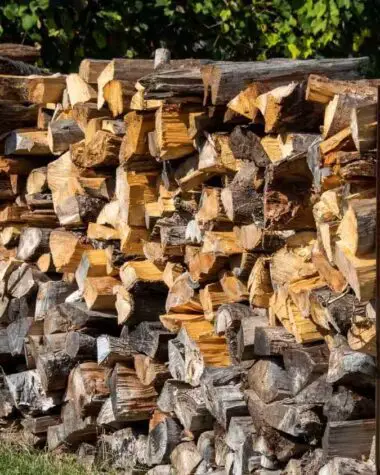One of the famous persons who noticed the floating and sinking of an object was Archimedes. His curiosity drove him to craft the law of buoyancy, which explains why wood floats or sinks. According to this principle, any fully or partially submerged in a fluid is subject to a buoyant force that acts upward and has a magnitude equal to the weight of the fluid the body has displaced.
Buoyancy and Buoyant Force
Okay. Let’s be more detailed about the concept of wood’s floating and sinking features. If you have tried swimming deep down the water to check the corals or just the deeper side of a swimming pool, you may have found it very difficult, right? This is extremely difficult compared to just swimming upward or forward.
This phenomenon is because water pushes every object that falls into it upward. When you want to go deeper, the force is higher. The upward force on objects by fluids, including water, is known as buoyancy or Buoyant force. This is the same force that keeps large sailing ships and large logs afloat.
Put another way, you may think of buoyant force as equal to the object’s weight floating in the liquid. However, they only act in different directions. It means that the buoyant force acts in the opposite direction to the direction of the object’s weight when it is floating. However, the object floating in the fluid does not rise or fall due to this equality of magnitude until further changes in the molecules occur.
Take a boat as an example. The boat is primarily lightweight and composed of wood. Therefore, although the less buoyant force is delivered to it, it is still enough to keep it afloat. As a result of this upward and opposite force, a boat does not sink when it is on the water.
Wood Floats But Stone Sinks
Logs taken to sawmills are usually allowed to float in rivers. Some of these logs are thousands of kilograms, while we may weigh only a few kilograms. Yet large wooden logs float while very tiny stones will sink.
This happens because most wood species are less dense than water, making wood incapable of pushing away water and going beneath. Wood is composed of fibers, and there are voids in between these wooden fibers. Objects such as coins, stones, and nails are denser than water. Therefore, these will sink as they are placed in water.
Weight and Density
As you try to understand buoyancy force and how it affects wood on water, it is crucial to differentiate weight from density as common properties of wood types. The weight of an object is related to its mass and gravitational pull. On the other hand, density is related to an object’s mass and volume.
As said, some woods float because they are less dense than water. Anything with a density greater than that of water will sink. For instance, cedar may float on water because it is denser. On the other hand, Ipe sinks because it has greater density than water.
The Density of Saltwater and Freshwater
Seawater has a higher density than freshwater of an equivalent volume or salt water. Seawater is denser because of the salt (sodium chloride) dissolved in it. As a result, seawater exerts a stronger buoyant force. Because of this, ships float in freshwater a little further than in salt water.
Conclusion
Who would have thought that a heavy wood would float on water compared to a small stone that sinks? But with your new learnings about the law of buoyancy, you can explain why this phenomenon happens. You can be the modern Archimedes by explaining this wood fact stating that anything submerged in water experiences a buoyant force equal to the amount of water the body displaces.








